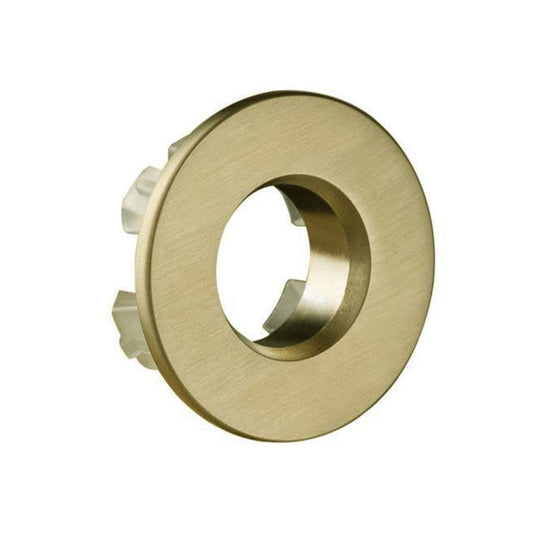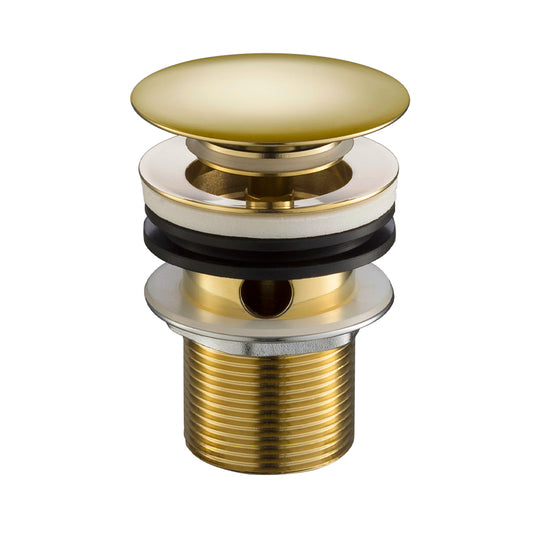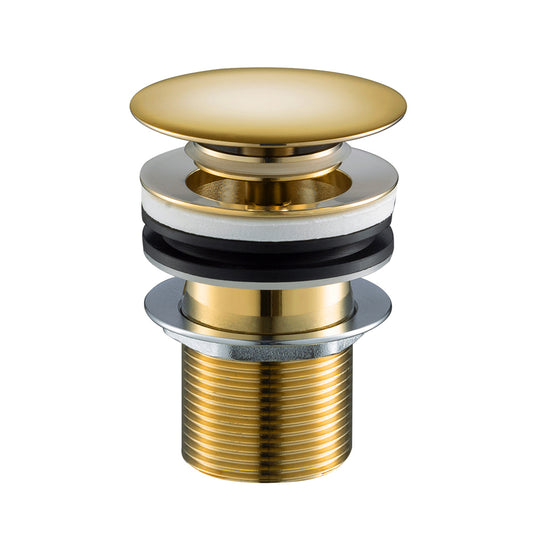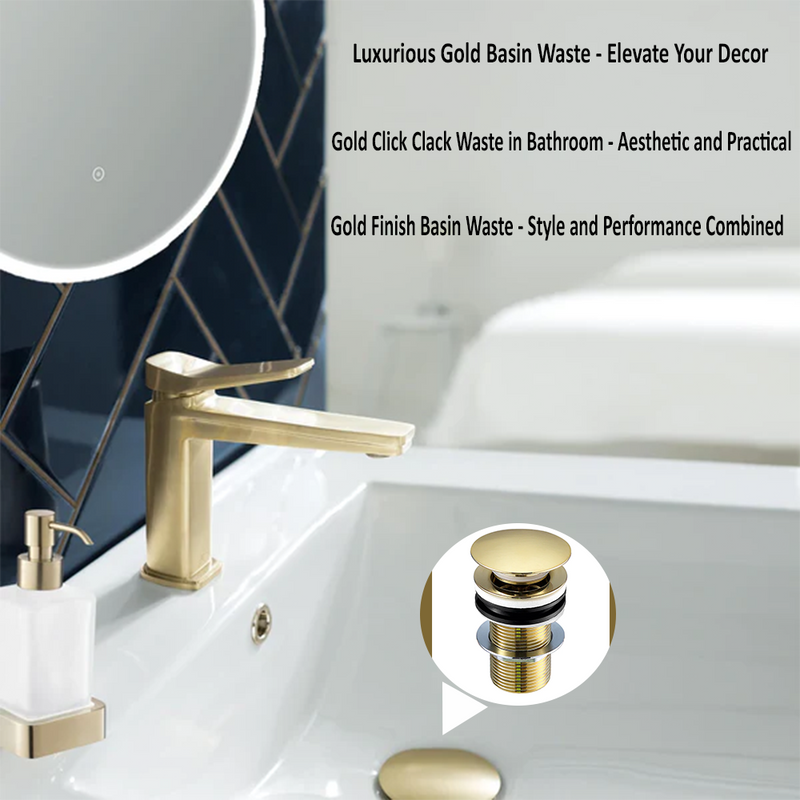Which Waste Plug for your Bathroom Sink?
Table of Contents:
-
Introduction
-
Understanding Bathroom Waste Plugs
-
Types of Bathroom Waste Plugs
-
Choosing the Right Bathroom Waste Plug
-
How to Install and Maintain Your Bathroom Waste Plug
-
How to Uninstall a Bathroom Waste Plug
-
How to Clean and Maintain a Bathroom Waste Plug
-
Conclusion
-
FAQ
Introduction
When it comes to designing and setting up your new bathroom, every detail counts. One essential element that often goes unnoticed but plays a crucial role is the bathroom waste plug.
It's the unsung hero that ensures your basin stays functional and tidy. In this comprehensive guide, we will dive deep into the world of bathroom waste plugs and help you choose the perfect one for your bathroom sink.
Understanding Bathroom Waste Plugs
Before we explore the different types of bathroom waste plugs, let's get a clear understanding of their significance. A bathroom waste plug is a small but vital component placed in the waste pipe of your sink.
It serves the important role of sealing the waste pipe, preventing water from escaping or entering. This simple device allows you to fill your sink with water for various tasks, making it a must-have accessory for any bathroom.
Types of Bathroom Waste Plugs
Free Flow Waste Plug

The free flow waste plug is designed with a domed top that can be screwed open to adjust the flow of water. Unlike other plugs, it won't shut completely, enabling a slow and steady drainage. This type of waste plug is ideal for basins without an internal overflow system, ensuring that the basin never overflows.
Non-Slotted Waste Plug
If your bathroom sink lacks an overflow system, the non-slotted waste plug is the perfect choice. This plug can be closed by pushing the top down, allowing water to collect in the basin. To release the water, simply press the top again, and it will pop up, allowing the water to flow through.
Slotted Waste Plug
A slotted waste plug is specifically designed for basins equipped with an internal overflow system. The slot holes in this type of plug align with the channels in the basin, directing any overflow water down the waste and into the drain. Similar to other plugs, it can be closed by pushing the top down and opened by pressing it again.
Choosing the Right Bathroom Waste Plug
Now that we've explored the different types of bathroom waste plugs, how do you choose the one that suits your needs? The decision largely depends on your specific requirements and the design of your basin. However, two options stand out as generally accessible choices for most users.
Pop Up Waste Plug
The pop up waste plug features a lever mechanism situated behind the sink. This lever can be flicked to make the waste pop up or down. When it's up, water flows freely; when it's down, it stops. The lever mechanism allows you to operate the waste plug without putting your hand in the sink, making it a user-friendly option, especially if you prefer to keep your hands dry and clean.
Plug and Chain Waste

The classic plug and chain waste is known for its simplicity and effectiveness. It fully occupies the waste pipe, creating a watertight seal that allows you to fill the basin to your liking. To drain the basin, simply tug on the chain, releasing the plug and allowing the water to flow away. This traditional design works well due to its rubber construction, which can conform to the gap in the waste pipe.
How to Install and Maintain Your Bathroom Waste Plug
Installing a bathroom waste plug is generally straightforward, but it may vary depending on the type of plug you choose. Here, we'll focus on how to install a pop up waste plug, as it involves a slightly more complex process.
Step 1: Drain the Water
Before you begin the installation, set up a bucket to catch any trapped water underneath the sink's trap. Unscrew the trap and remove it carefully to avoid spills.
Step 2: Uninstall the Sink Waste Pipe
Remove the existing sink waste pipe by loosening and removing any bolts holding it in place. Clean the sink to ensure there's no remaining putty or debris.
Step 3: Install the Drain
Surround the sink hole's circumference with plumber's putty and place your new waste pipe into position. Press the collar down onto the putty and screw the pop-up waste pipe onto the existing pipe, ensuring that the mechanical elements face the back of the sink.
Step 4: Install the Plug
Place the pop-up plug into the waste pipe, attach the lever into the hole behind the faucet, and connect the pivot rod to both the plug and the lever mechanism.
Step 5: Install the Trap
Screw the trap back in place, clean off any remaining plumber's putty, close the trap by flicking the lever, and fill the basin with water. If there are no leaks, your pop-up sink plug is successfully installed.
How to Uninstall a Bathroom Waste Plug
Uninstalling a bathroom waste plug is relatively simple, whether you need to replace it or try a different style. Here are the steps:
- Disconnect the pivot rod from both the plug and the lever.
- Slide the lever out and remove the plug.
- Uninstall the waste pipe following the previous steps.
How to Clean and Maintain a Bathroom Waste Plug
Maintaining your bathroom waste plug is easy and essential for its longevity. Follow these steps to keep it in excellent condition:
- Uninstall the plug and clean it with warm, soapy water and a brush.
- Remove any visible build-up and rinse it thoroughly.
- Clean the edge of the hole where the plug sits to prevent dirt accumulation.
- Reinstall the plug, and it will be as good as new.
Conclusion
In conclusion, choosing the right bathroom waste plug is crucial for the functionality and aesthetics of your bathroom sink. With various options available, including free flow, non-slotted, slotted, you can select the one that best suits your needs and basin design.
Remember to consider factors like the presence of an overflow system and the preferences of the users. Proper installation and maintenance will ensure that your bathroom waste plug serves you well for years to come.
FAQ
Q1: Can I use a slotted waste plug on a basin without an overflow system?
No, slotted waste plugs are designed specifically for basins with an internal overflow system. Using them on basins without an overflow can result in leaks and water damage.
Q2: Are pop-up waste plugs suitable for all basin types?
Pop-up waste plugs are versatile and can work with various basin types. However, it's essential to ensure that the chosen pop-up plug is compatible with your specific basin model and size.


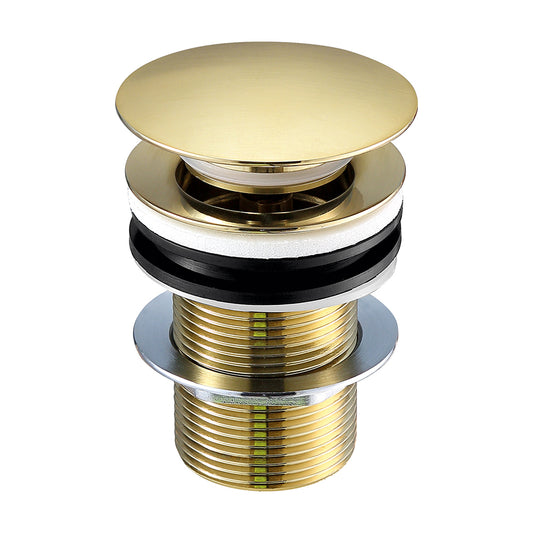

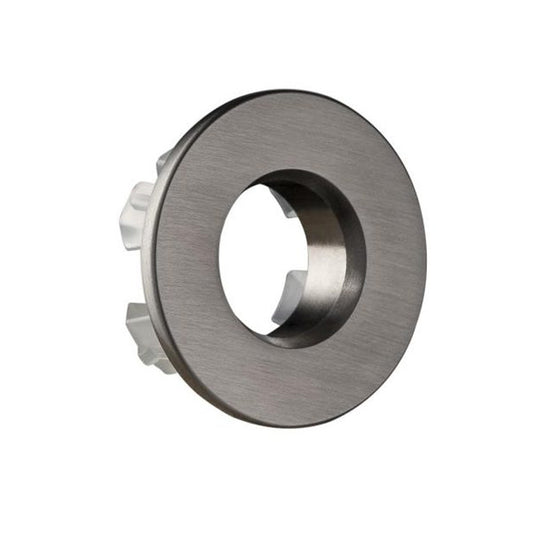
![Slimline Exofil with Pop-up Waste, Extended 105cm, LP 0.2 [809A7EX] Slimline Exofil with Pop-up Waste, Extended 105cm, LP 0.2](http://tapron.co.uk/cdn/shop/products/Slimline_Exofil_with_Pop-up_Waste_Extended_105cm_LP_0.2_533x.jpg?v=1551155506)
